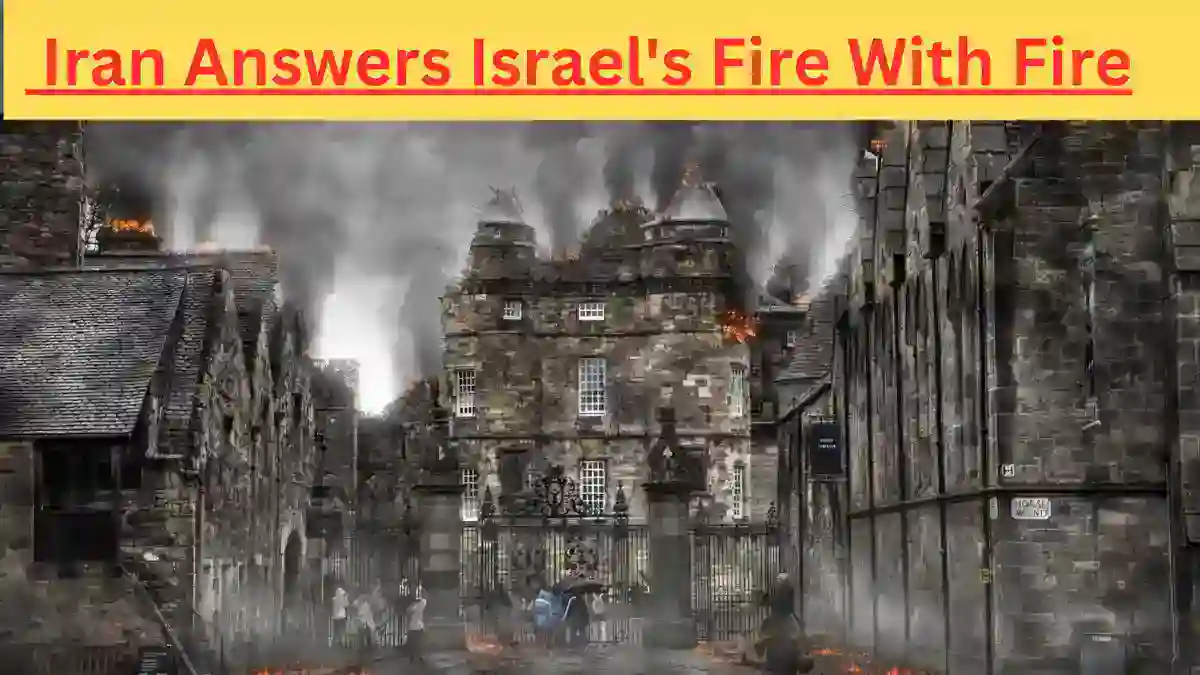It’s not a regional fight anymore. What’s happening between Iran and Israel is quickly turning into something bigger, and on Tuesday, June 18, the war took a dark and deeply personal turn—especially for civilians.
Around mid-afternoon, Israel’s Soroka Medical Center in Be’er Sheva was hit by one of Iran’s missiles. That’s not just a military base. That’s a hospital. People were inside—patients, doctors, nurses. Initial numbers say over 70 people were injured, some of them seriously.
Just hours later, another missile hit near Sheba Medical Center outside Tel Aviv. That added more chaos to a country already stretched thin by sirens and bomb shelters.
Israel responded. And they didn’t hold back.
Israel Strikes Back Hard
Not long after those hospital hits, Israeli jets launched another series of airstrikes deep into Iran. This time, they weren’t just aiming at bases—they went after high-value targets. Nuclear sites.
They hit the Arak heavy-water reactor, and they didn’t stop there. The Natanz uranium enrichment facility—a key piece in Iran’s nuclear puzzle—was also bombed. Explosions were seen across several Iranian cities, with reports of fires and loss of life, though Iran hasn’t confirmed the full toll yet.
Israeli Defense officials say this was “measured and necessary.” Prime Minister Netanyahu called it a direct message: “We will defend our people at any cost.”
Iran: “You’ve Crossed the Line”
Iran’s leadership didn’t hold back either.
Their Supreme Leader, Ayatollah Khamenei, made a late-evening speech where he warned Israel and the U.S. both: “This is war. If America joins, they will face the fire too.”
Iran’s foreign ministry accused Israel of deliberately targeting civilians and warned that its patience is “not infinite.” One spokesperson even hinted that they could retaliate “in unexpected ways and places.”
That could mean more attacks. Or something worse.
U.S. Watching — and Moving Closer
Right now, America is not officially “in” this war. But if you ask anyone following this, the signs are pretty clear—they’re preparing.
Washington has already sent two carrier groups into nearby waters. They’ve deployed over 30 surveillance and refueling planes. And yesterday, sources inside the Pentagon confirmed that Israel has asked for bunker-buster bombs—the kind that could reach deep into Iran’s underground nuclear facility at Fordow.
President Trump said in a press conference, “We support Israel’s right to defend itself. Our options are open.”
That’s not a yes. But it’s definitely not a no.
What the World Is Saying
-
Russia is warning the U.S. to stay out. They’re offering to help mediate, but it’s clear they’re leaning toward Iran.
-
China is calling for calm but says “external interference” is making things worse.
-
France and Germany are urging both sides to return to the table—but neither country seems to be listening right now.
Meanwhile, oil prices are jumping. Flights are being rerouted. And civilians across the region are bracing for what comes next.
No End in Sight
So where does it go from here?
Right now, there’s no ceasefire. No negotiation. Just airstrikes, missile barrages, and rising death tolls. People in both countries are living hour by hour, sheltering when they can, and praying that the next rocket misses.
Military analysts are saying that if the U.S. actually gets involved—really involved—this could become a regional war. Or worse.
Some are already whispering about the unthinkable: World War 3. Not tomorrow. But maybe next week, next month—if this spiral keeps spinning.
Final Word
As of June 18, we’ve gone past politics and military posturing. A hospital has been hit. Nuclear sites are being bombed. And two powerful nations are on a collision course.
This is real. This is war. And if cooler heads don’t step in soon, the whole world could feel the heat.
Also read: Iran-Israel War | 224 Dead in Iran, 30 Missiles Fired, No End in Sight

